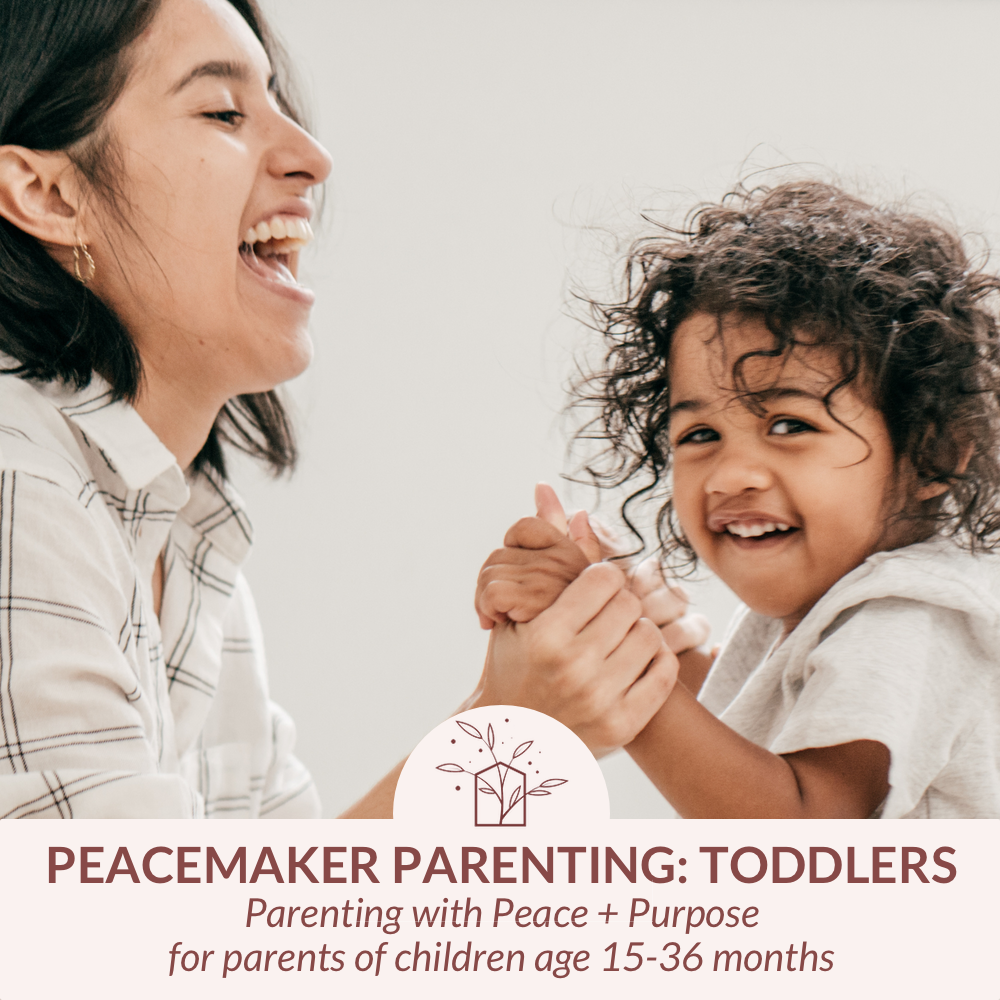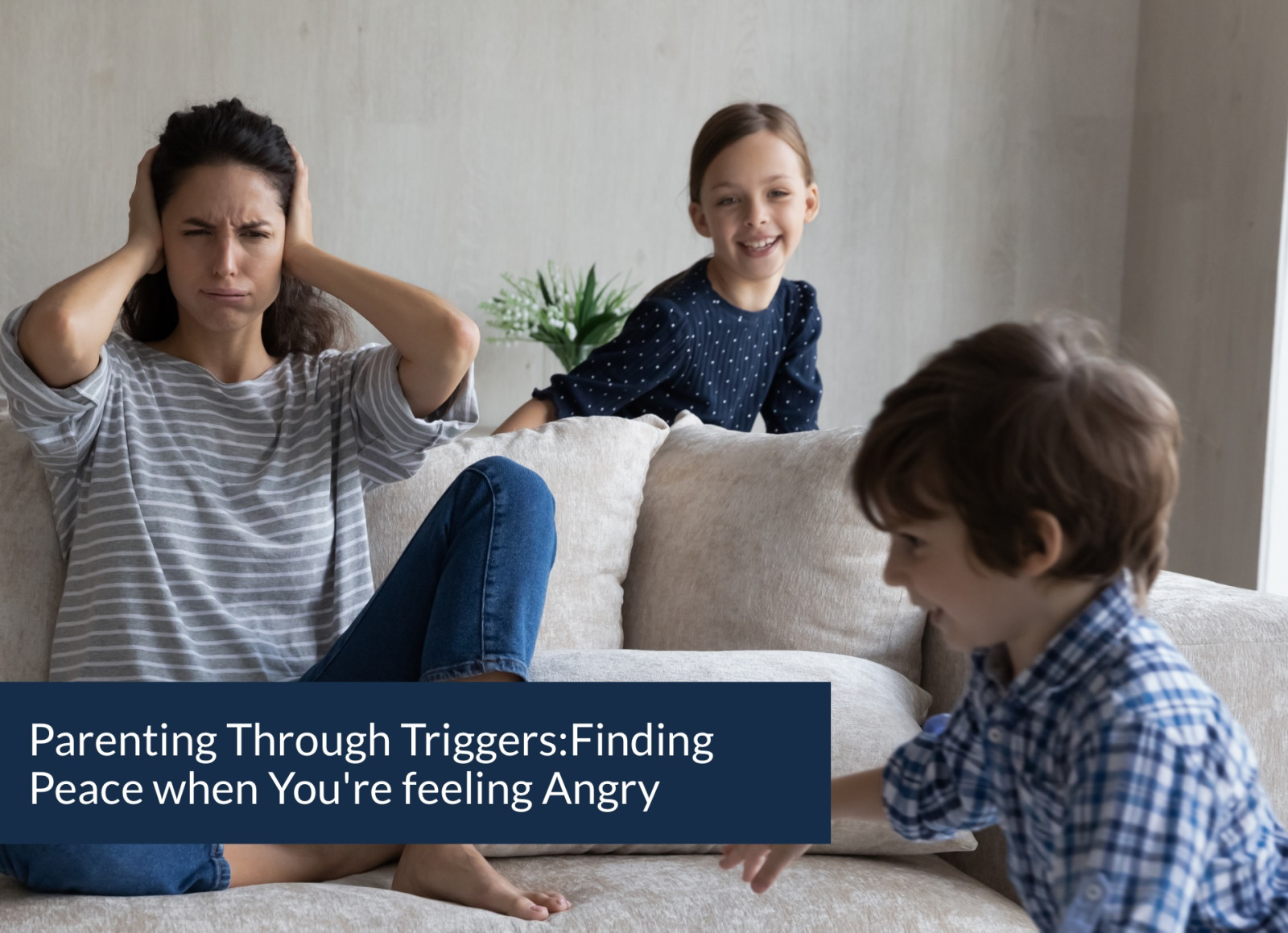Potty learning is a significant milestone in a toddler’s life, marking a step towards independence, and for many parents, it’s loaded with varying emotions. Some parents are anxious to have their toddlers out of diapers, maybe out of fear of overwhelm with a new baby on the way, or due to pressure from a preschool or daycare. Other parents dread potty training, concerned about having to navigate accidents or maybe they’re frustrated at how difficult their toddler is to motivate.
What if potty learning could be virtually stress-free for both the toddler and the parent? That certainly is the dream for most parents, but how do you make it a reality? For Peacemaker Parents, potty learning is less about achieving the goal quickly, and more about fostering a positive, empowering experience for the child that allows the parent and child to bond and have a better relationship. Here’s a basic overview of how to approach potty training with patience, respect, and empathy.
1. Wait for Readiness
One of the core principles of Peacemaker Parenting is to honor the child’s natural development pace. Look for signs that your toddler is ready for potty training, such as showing interest in the toilet, staying dry for longer periods, or expressing discomfort with dirty diapers. There is a lot of psychology involved in letting go both physically and emotionally, so it’s really important to wait until the child is ready. Pushing a child to potty train before they are ready can lead to frustration and setbacks.
2. Create a Positive, Low-Pressure Environment
Ensure that the bathroom is a welcoming space. You can make the potty chair accessible and decorate it with your child’s favorite characters. Use encouraging language and celebrate small successes without pressure. Avoid punishment or shaming for accidents, as these can create anxiety and resistance–take it all in stride as part of the process.
3. Lead by Example
Children learn a lot by watching their parents. As appropriate, model for your toddler using the toilet, which helps demystify the process. Explain what you’re doing in simple terms and answer any questions they might have. Modeling the behavior makes the concept of using the potty more relatable.
4. Use Encouraging Tools and Resources
There are many books, videos, and songs designed to make potty training fun. Choose resources that align with your parenting philosophy, focusing on positive reinforcement rather than fear or pressure. Interactive potty training books with flaps and sounds can engage your child and make learning enjoyable.
5. Follow a Routine
Establishing a routine can help your toddler understand when it’s time to use the potty. Encourage them to sit on the potty at regular intervals, such as after meals or before bedtime, but don’t insist if they’re not interested. Consistency and gentle reminders can build familiarity and comfort with the process.
6. Offer Choices and Autonomy
Give your child some control over their potty training journey. Allow them to choose their potty chair or pick out special underwear. This sense of autonomy can make them feel more invested and confident in the process.
7. Celebrate Progress
Celebrate milestones, no matter how small. Whether it’s sitting on the potty, staying dry for a period, or successfully using the toilet, offer praise and encouragement. Stickers, a special story, or a small treat can be motivating rewards that reinforce positive behavior, but use them sparingly and as needed, not as your main approach. For most kiddos, just your enthusiasm and support is enough, as high-value treats can sometimes put too much pressure on their performance.
8. Be Patient and Compassionate
Accidents are a natural part of potty training. Respond with patience and compassion, reassuring your child that it’s okay to make mistakes. Peacemaker Parenting emphasizes understanding and support, helping children feel secure and confident in their abilities.
9. Be Prepared on the Go
Keep a stash of wipes, plastic bags, a change of clothes, and an additional potty chair in your car to help with on-the-go clean ups and shorten the time needed for them to “hold it.” Bonus hack: keep a few extra diapers around to line the inside of the potty chair with to make cleanups after BMs super easy. You got this!
10. Let Go and Let God
If your child regresses, or the introduction to potty training really isn’t going well, take a step back. Your child’s ability to use the toilet doesn’t reflect on you as a parent! This is a milestone for them to achieve with your support, and when they’re ready, it should be pretty easy! Pray and release control of the situation.
By approaching potty training with a gentle, respectful mindset, you create a supportive environment where your child can thrive. Remember, every child is unique, and the journey to using the toilet independently should be tailored to their individual needs and pace. Through patience and empathy, you can make potty training a positive and empowering experience for both you and your toddler.
Looking for more practical, peacemaking help for toddlers? Check out our Peaceamaker Parenting Toddlers workshop and Peacemaker Parenting Scripts e-book.
















1 Comment